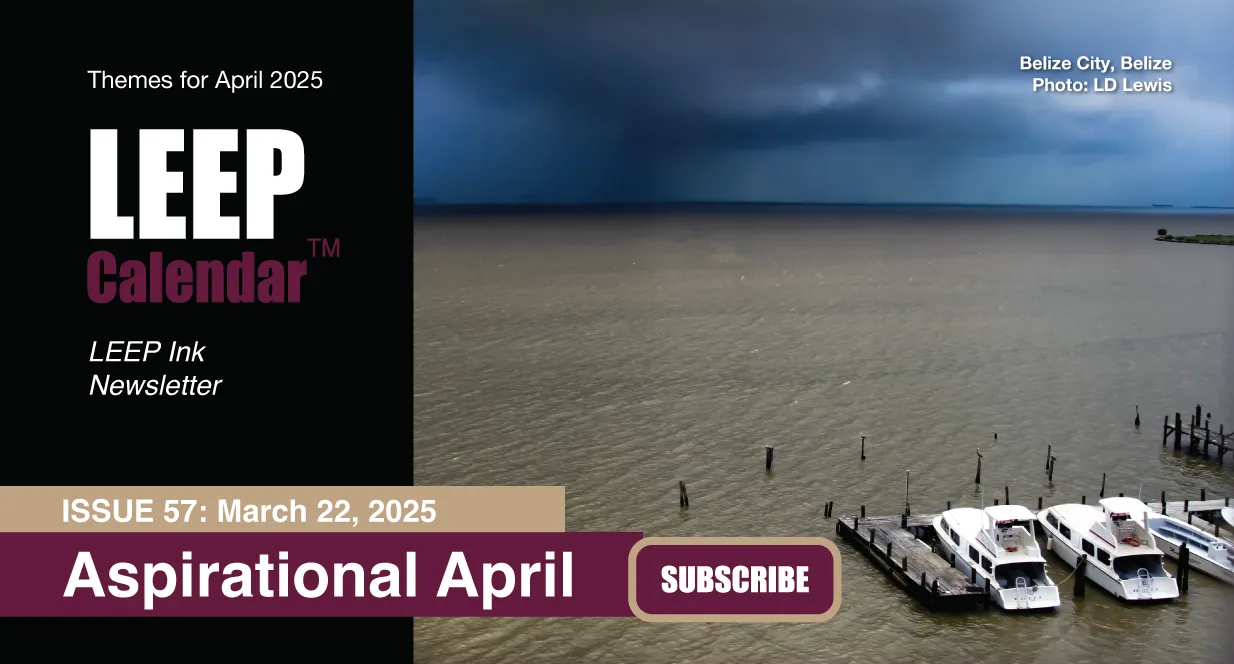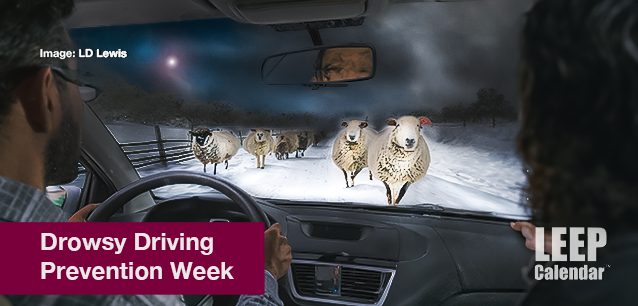 AD
AD
Today is: July 23
Scroll to explore events active on this date.
LEEP INK FEATURES

May Blooms: Events in May 2025
Along with October, May is one of the most densely packed months of the year. It's before the summer humidity and the last whole month of the school year. The weather is warming in t...

Sweet June 2025
The solstice on the 20th marks the onset of summer (Northern Hemisphere) or winter (Southern Hemisphere). Many people, particularly in Europe, North America and Asia, will be embarking o...

Events in April 2025
Spring has sprung in the north, and the first hints of Autumn are on the horizon in the south. April is the month spring (or fall) gets underway, and it is filled with religious celebrations, including the Mu...
About National Drowsy Driving Prevention Week
Alcohol Tobacco & Drugs , United States
Ends: Nov 09, 2024
DESCRIPTION:
The National Sleep Foundation champions Drowsy Driving Prevention Week and aims to reduce the number of car accidents due to fatigue and drowsy driving. Currently, 22% of daily deaths from vehicle accidents are believed to be attributed to drowsy driving.Highway Hypnosis: Five Ways to Stay Awake and Alive on the Road
As highways stretch out before them, drivers face the daunting task of maintaining alertness, especially during long drives. Transportation safety experts advocate several preventative measures. Here are five.
Establishing a Pre-Drive Ritual
Experts stress the importance of adequate sleep prior to embarking on long trips. The National Sleep Foundation recommends at least seven to nine hours of sleep to preempt the dangers of drowsy driving. A well-rested driver is more alert and responsive, significantly reducing the risk of highway hypnosis, a phenomenon where drivers zone out, becoming susceptible to accidents.
Regular Breaks: The 2-Hour Rule
Transportation authorities advocate for the 'two-hour rule,' urging drivers to take breaks every couple of hours or 100 miles. These breaks are crucial for stretching, refreshing, and giving the eyes a rest from the constant focus required on the road. Rest areas and service stations are strategically located to facilitate these pauses, which studies show significantly improve driver alertness.
The Buddy System
Traveling with a companion can be a lifesaver, quite literally. The 'buddy system' ensures you have someone to talk to, keeping your mind active and engaged. Moreover, companions can take turns driving, allowing each other to rest, reducing the overall fatigue that can accumulate on solo trips.
Caffeine: A Temporary Solution
Caffeine is a short-term remedy for drowsiness. While not a replacement for actual rest, a cup of coffee, caffeine soda, or an energy drink can provide a temporary boost to the driver's concentration and reaction time. However, reliance on such stimulants should be moderate, and experts warn against considering them as a long-term strategy against sleepiness.
Knowing When to Pull Over
Recognize the limits of your alertness. Heed the warning signs of fatigue, including frequent yawning or drifting from lanes, and pull over in a safe area to take a short nap if necessary. This emergency measure can make a significant difference in reaction times and decision-making upon return to the road.
In conclusion, use caution and best practices to remain awake and aware. The above suggestions can help protect you and your fellow travelers from the risks posed by drowsy driving, making the roads a safer place for all.
VIDEOS
Currently, this event does not have supporting videos.
SUPPORTING DOCUMENTS
Currently, this event does not have supporting documents.
ADDITIONAL IMAGES
Currently, this event does not have supporting images.
Where would you like to go now?
 AD
AD


/footer-logo.svg)
